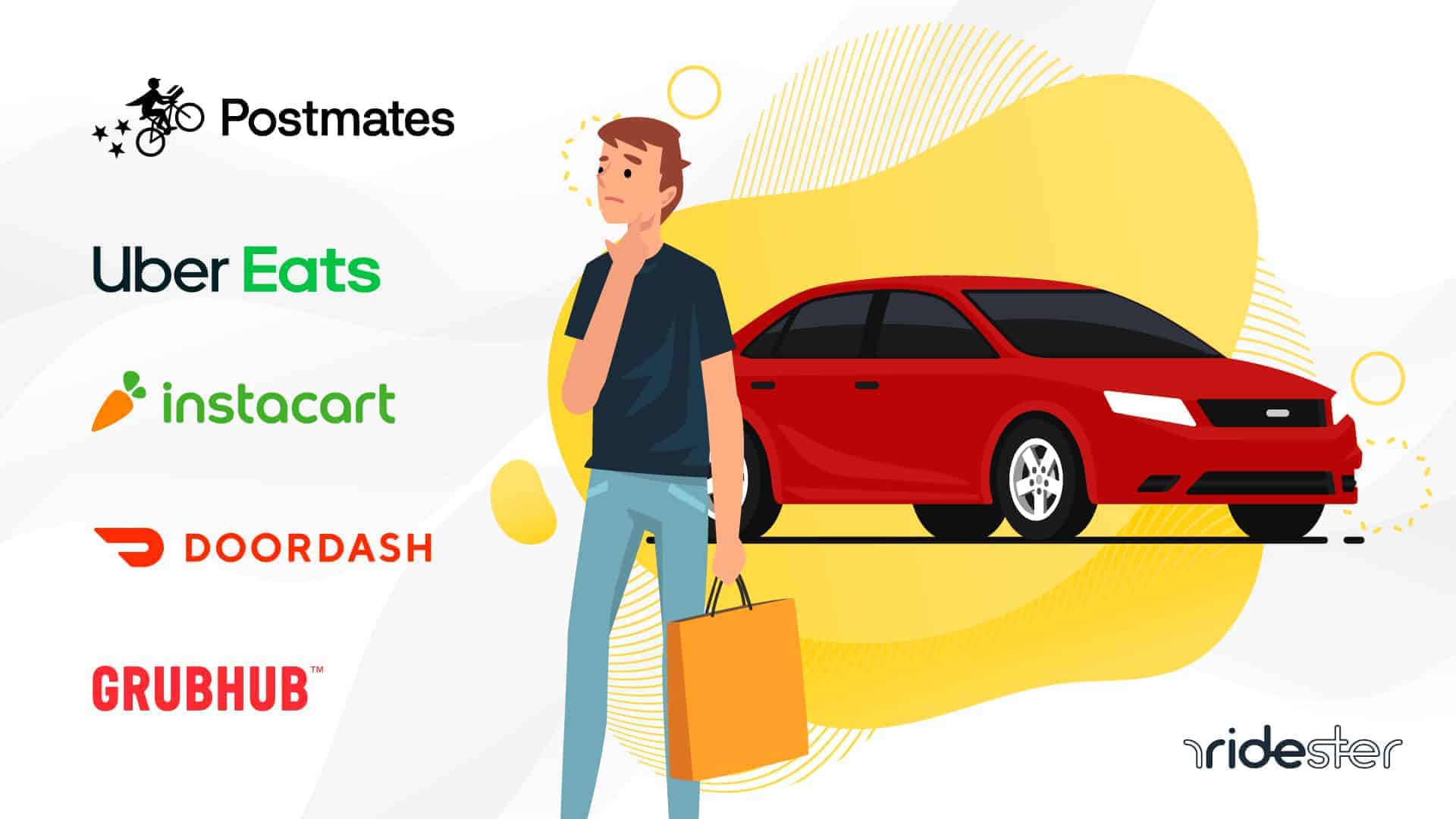
Her mother and brother also were injured. Driver Syed Muzzafar killed a six-year-old San Francisco girl while driving for Uber and was criminally charged with vehicular manslaughter. In 2013, a tragic accident brought the ride-sharing technology and insurance debate into sharp focus. And while this coverage may be adequate for a small fender-bender, what happens when the unthinkable happens? The First Uber Wrongful Death Lawsuit The companies tell drivers to file claims through their personal insurance before using the company’s policy, which means drivers may be subject to higher insurance premiums in the future. Uber and Lyft have worked to avoid as much responsibility as possible when it comes to accidents. This means Uber is not responsible for providing drivers with benefits like overtime pay, minimum wage protection or unemployment insurance–and also, the company is typically not liable for the actions of third-party contractors. In fact, Uber refer to them as “ driver-partners,” but in non-Uber parlance, the drivers are independent contractors. Uber claims that it’s not responsible for the actions of its drivers – they aren’t employees. Have you ever considered what happens if you become involved in a Dallas Uber accident? Who will pay for damages? How much insurance coverage is available? The answers change as you touch your phone, enter the vehicle and arrive at your destination. However, as anyone who has gotten behind the wheel knows, accidents happen. When There’s an AccidentĬhances are your rideshare experience will be a positive one–that is the case with the vast majority of riders. When you get to your destination, the app automatically pays your driver’s fare (no cash, credit card or waiting necessary) and gives you the opportunity to rate the driver. The app also gives the driver directions to your destination (though you may have a preferred route, and in that case, it’s best to inform your driver). The driver usually will introduce themselves by name. It’s easy to stand on a corner and wait for the right car to pull up.




Once a driver accepts you, the app informs you of the fare, the driver’s name and the make and model of their vehicle (along with a photo of the car), their GPS location, and the amount of time it will take them to reach your pickup location (usually a matter of minutes). When you request a ride, they can see your location on a GPS map, your desired destination and the amount they’ll earn, and choose whether or not to accept you as a passenger. Nearby drivers, who keep the app open their phones, usually mounting the phones to their dashboards, cruise the neighborhood waiting for potential fares. Once you install the Lyft or Uber app on your smartphone, you can request a ride from a local driver.


 0 kommentar(er)
0 kommentar(er)
